In the dynamic world of logistics and transportation, understanding the specifications of semi-trailers is paramount. At CarMax Vehicle, we pride ourselves on delivering top-tier semi-trailers designed to meet diverse industry needs. One of the most frequently asked questions we encounter is, “What is the standard height of a semi-trailer?” This article delves deep into the intricacies of semi-trailer heights, exploring standard dimensions, influencing factors, regulatory standards, and the customizable options available through CarMax Trailer.
Understanding the Standard Height of Semi-Trailers
The height of a semi-trailer is a critical specification that impacts not only the vehicle’s compatibility with various infrastructures but also its aerodynamic efficiency and cargo capacity. The standard height of a semi-trailer typically ranges between 13.5 to 14.5 feet. This range ensures optimal performance across different regions, accommodating diverse road infrastructures and regulatory requirements.
Standard Heights Breakdown
| Trailer Type | Standard Height (Feet) |
|---|---|
| Dry Van | 13.6 – 14.5 |
| Refrigerated Trailer | 13.5 – 14.0 |
| Flatbed Trailer | 13.5 – 14.5 |
| Step Deck Trailer | 13.5 – 14.5 |
| Lowboy Trailer | 13.5 – 14.0 |
These standard heights are designed to maximize payload while ensuring compliance with height restrictions on highways and under bridges.

Factors Influencing Semi-Trailer Height
Several factors determine the optimal height for a semi-trailer, each playing a pivotal role in its functionality and compliance with regulations.
1. Regional Regulations
Height restrictions vary across regions, influencing the standard dimensions of semi-trailers. For instance, the maximum allowable height in the United States is generally 13.5 feet, while in Europe, it can extend up to 14.5 feet. CarMax Vehicle ensures that our trailers comply with the strictest regulations to facilitate seamless cross-border transportation.
2. Cargo Type and Volume
Different types of cargo require specific trailer heights to accommodate their dimensions and weight. Refrigerated trailers, for example, need additional height to house refrigeration units without compromising cargo space.

3. Aerodynamic Efficiency
Optimizing the height of a semi-trailer can significantly impact fuel efficiency. A streamlined height reduces air resistance, enhancing the trailer’s aerodynamics and contributing to cost savings over long distances.
4. Vehicle Compatibility
The height of a semi-trailer must align with the tractor unit’s specifications to ensure stability and maneuverability. CarMax Vehicle designs trailers with adjustable height options to match various tractor configurations.
5. Structural Integrity
Maintaining an optimal height is crucial for the structural integrity of the trailer. Excessive height can lead to increased wind pressure and stress on the chassis, while insufficient height may limit cargo capacity.

Comparing CarMax Trailer Designs
At CarMax Trailer, we offer a range of semi-trailer designs tailored to meet industry standards and specific client requirements. Below is a comparison of our flagship models in relation to standard height specifications.
| Model | Type | Standard Height (Feet) | Customizable Heights | Features |
|---|---|---|---|---|
| Horizon Dry Van | Dry Van | 14.0 | Yes | Enhanced aerodynamics, insulated panels |
| Arctic Refrigerated | Refrigerated | 13.8 | Limited | Advanced cooling systems, cargo monitoring |
| Titan Flatbed | Flatbed | 14.2 | Yes | Reinforced decking, adjustable ramps |
| Apex Step Deck | Step Deck | 14.5 | Yes | Multi-tier loading, lightweight materials |
| Skyline Lowboy | Lowboy | 13.7 | No | Heavy-duty axles, low center of gravity |
Our commitment to excellence ensures that each CarMax Trailer model not only meets but often exceeds industry height standards, providing clients with reliable and efficient transportation solutions.
Regulatory Standards and Compliance
Navigating the complex landscape of transportation regulations is essential for any semi-trailer manufacturer. CarMax Vehicle adheres to stringent standards set by regulatory bodies to ensure our trailers are compliant and safe for operation.
Key Regulatory Bodies
- Federal Motor Carrier Safety Administration (FMCSA)
- Department of Transportation (DOT)
- European Union’s Euro Standards
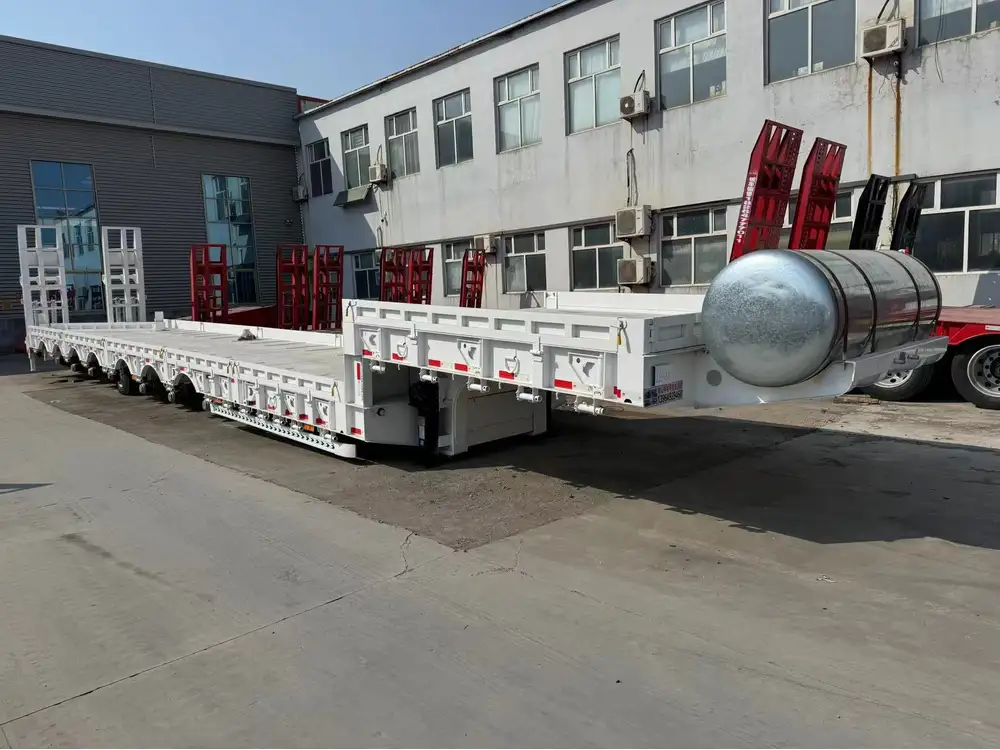
Height Regulations Overview
| Region | Maximum Height (Feet) | Standards Reference |
|---|---|---|
| United States | 13.5 | FMCSA §393.80 |
| Canada | 13.5 | Canadian Motor Vehicle Regulations |
| European Union | 14.5 | ISO 668:2020 |
| Australia | 4.3 meters (14.1 feet) | Australian Standard AS 1742 |
CarMax Vehicle meticulously designs each trailer to comply with these regulations, ensuring that our clients can operate without legal or logistical hindrances.
Advantages of Standard Heights
Adhering to standard heights offers numerous benefits that enhance the overall efficiency and functionality of transportation operations.
1. Infrastructure Compatibility
Standard heights ensure that semi-trailers can navigate through tunnels, overpasses, and other infrastructure without clearance issues, minimizing delays and avoiding potential fines.
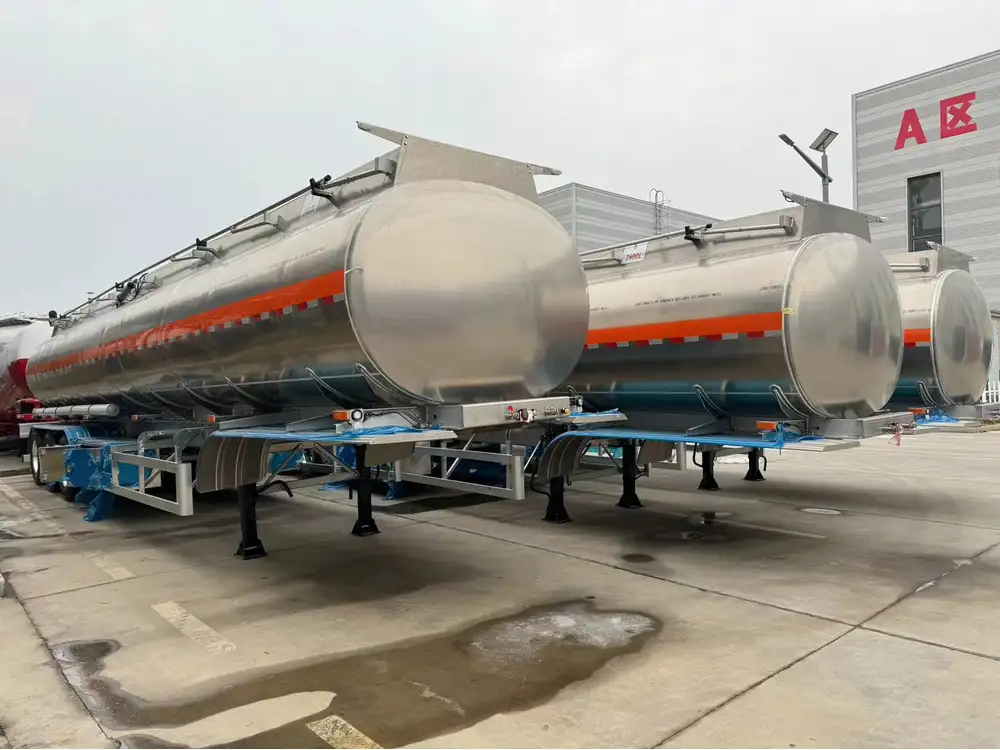
2. Uniformity Across Fleets
Maintaining a consistent trailer height across a fleet simplifies maintenance, loading procedures, and driver training, leading to operational efficiencies.
3. Enhanced Safety
Standard heights contribute to predictable handling characteristics, reducing the risk of accidents caused by unstable loads or improper clearance with infrastructure.
4. Optimized Cargo Space
Designing trailers within standard height parameters allows for maximum utilization of cargo space while maintaining balance and structural integrity.

Customization Options with CarMax Trailer
While standard heights serve as a foundation, CarMax Trailer offers customization to meet specific client needs without compromising on compliance or performance.
Adjustable Features
- Convertible Roof Panels: Allowing for height adjustments based on cargo requirements.
- Interchangeable Frames: Facilitating modifications for different height standards across regions.
- Modular Components: Enabling easy upgrades or changes to trailer height and structure.
Tailored Solutions
Whether it’s increasing height for specialized equipment transport or reducing it for specific routes with lower clearances, CarMax Trailer provides bespoke solutions to ensure seamless operations.
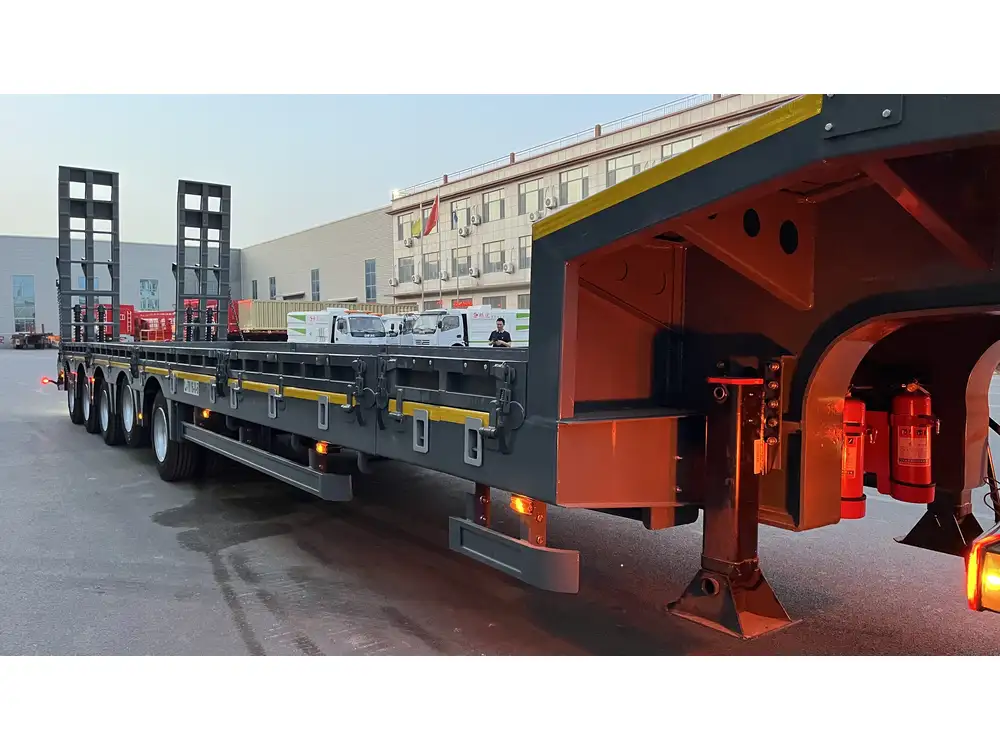
Choosing the Right Height for Your Needs
Selecting the appropriate trailer height is a strategic decision that impacts various aspects of transportation logistics. Here’s a step-by-step guide to help you make an informed choice.
Step 1: Assess Cargo Dimensions
Understand the size and nature of the cargo you intend to transport. Oversized or sensitive cargo may require additional height for safe accommodation.
Step 2: Evaluate Route Specifications
Analyze the routes your trailers will frequently traverse, noting any height restrictions or infrastructural limitations that could affect trailer performance.
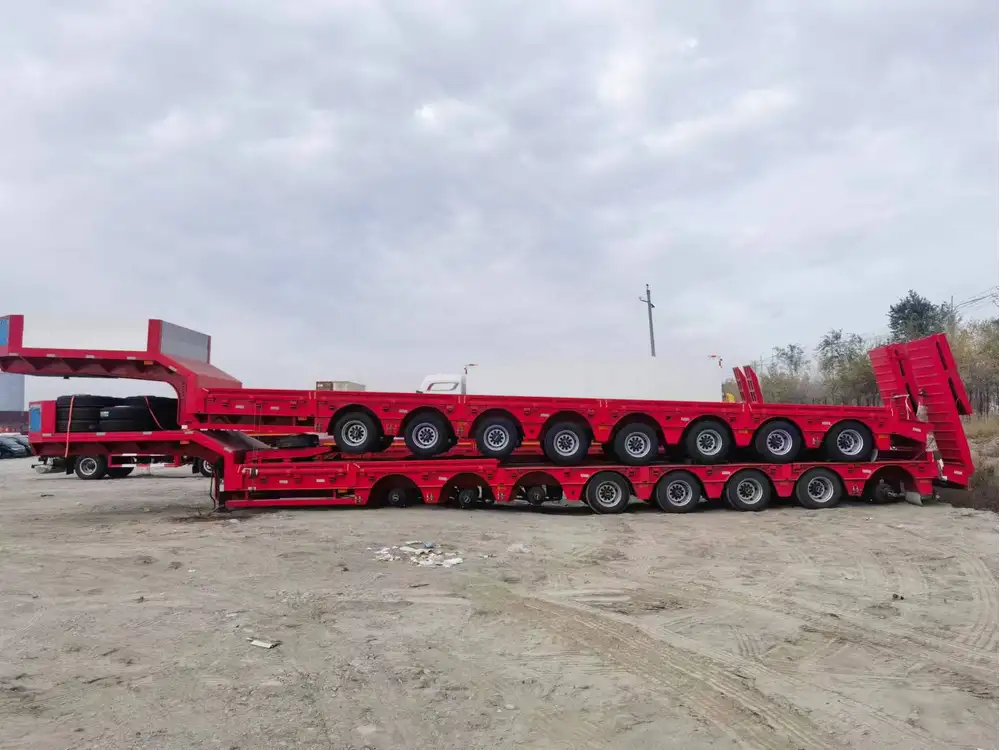
Step 3: Consider Aerodynamics
Balancing height with aerodynamic efficiency can lead to significant savings in fuel costs, especially for long-haul operations.
Step 4: Regulatory Compliance
Ensure that the chosen height aligns with the regulatory standards of the regions in which you operate to avoid legal complications.
Step 5: Consult with Experts
Leverage the expertise of CarMax Trailer’s design and engineering teams to tailor a solution that perfectly fits your operational needs.
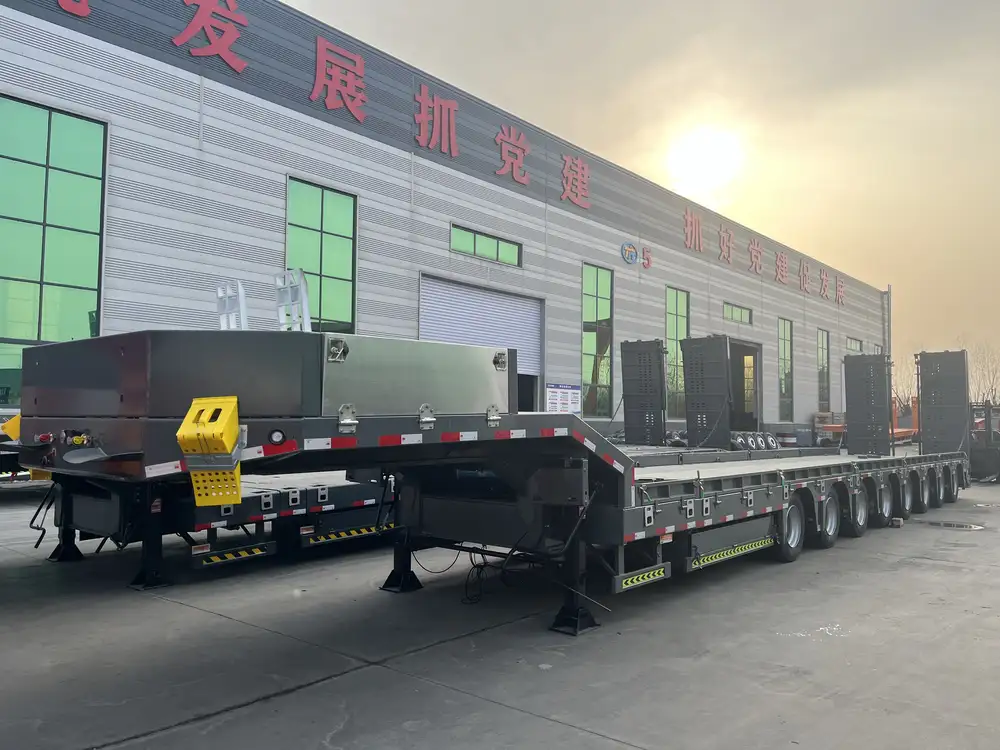
Maintenance and Height Considerations
Regular maintenance is crucial to sustaining the optimal performance and longevity of semi-trailers. Height plays a vital role in several maintenance aspects.
Suspension System Health
The height of a trailer affects the suspension system’s load distribution. Regular inspections ensure that the suspension remains effective in managing payloads within the standard height range.
Structural Integrity Checks
Frequent assessments of the trailer’s frame and body help identify any stress or deformities caused by height variations, preventing potential failures.

Aerodynamic Components
Maintaining the integrity of aerodynamic features, such as roof panels and side skirts, is essential for preserving fuel efficiency and reducing drag.
Innovations in Semi-Trailer Design
CarMax Vehicle stays at the forefront of technological advancements to enhance semi-trailer design, particularly concerning height optimization.
Smart Height Adjustment Systems
Integrating automated systems that adjust trailer height based on real-time load and road conditions, improving adaptability and efficiency.

Lightweight Materials
Utilizing advanced materials to reduce overall trailer weight without compromising structural strength, allowing for greater payloads within standard height limits.
Aerodynamic Enhancements
Incorporating design elements that minimize air resistance, such as tapered roofs and streamlined contours, contributing to better fuel economy and performance.
Conclusion
The standard height of a semi-trailer is a fundamental aspect that intersects with regulatory compliance, operational efficiency, and cargo optimization. At CarMax Vehicle, we understand the nuances that affect trailer height and offer meticulously designed solutions through CarMax Trailer to meet diverse transportation needs. By adhering to standard heights and providing customizable options, we ensure that our clients benefit from reliable, efficient, and compliant semi-trailers tailored to their specific requirements.

Frequently Asked Questions
1. Can the height of a semi-trailer be adjusted after manufacturing?
Yes, many semi-trailers, including those from CarMax Trailer, offer adjustable features that allow for height modifications to accommodate specific operational needs or regulatory changes.
2. What are the consequences of exceeding standard trailer height regulations?
Exceeding standard height regulations can lead to legal penalties, increased risk of accidents, and logistical challenges such as route restrictions and additional inspections.
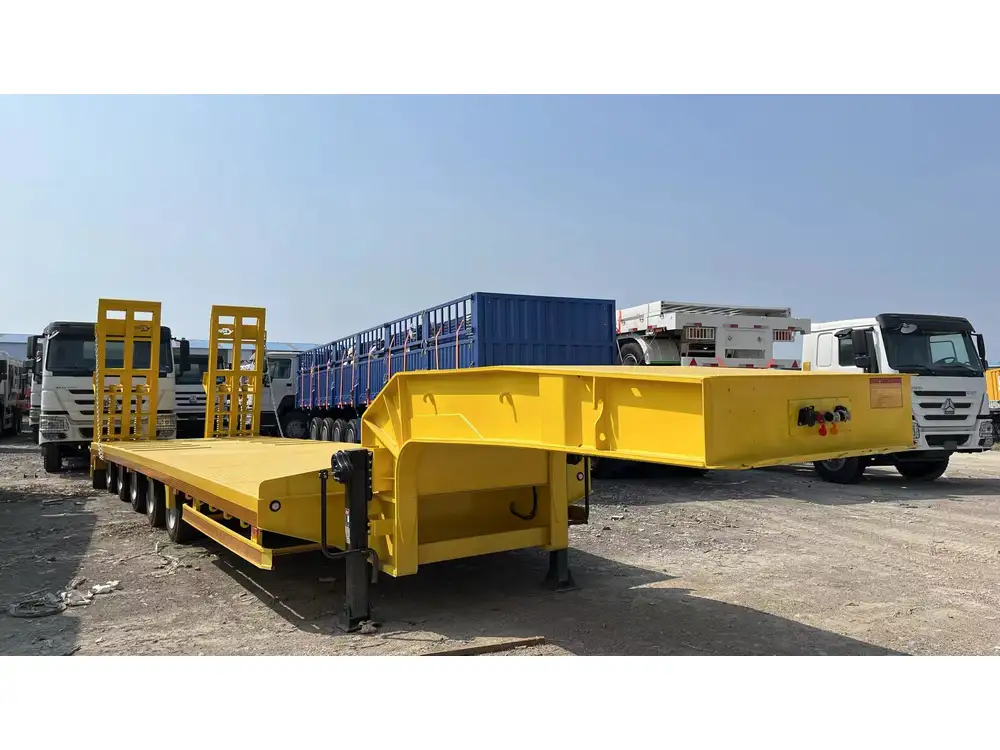
3. How does trailer height affect fuel efficiency?
Trailer height directly influences aerodynamics. Taller trailers may experience increased air resistance, leading to higher fuel consumption. Optimizing height can enhance fuel efficiency by reducing drag.
4. Are there specific height requirements for refrigerated trailers?
Yes, refrigerated trailers often have slightly different height specifications to accommodate refrigeration units. CarMax Trailer designs these trailers to balance cargo space with the necessary equipment.
5. What should I consider when selecting a trailer height for cross-border transportation?
When selecting a trailer height for cross-border transportation, consider the regulations of all countries involved, potential infrastructure limitations, and the compatibility of trailer height with various road systems to ensure seamless operations.



